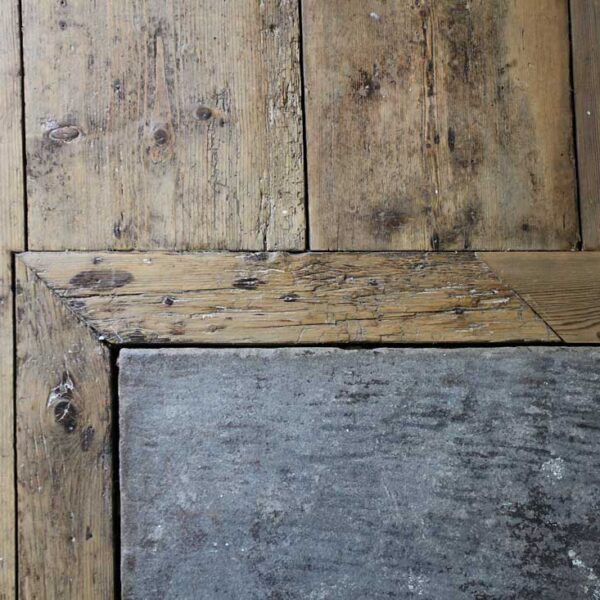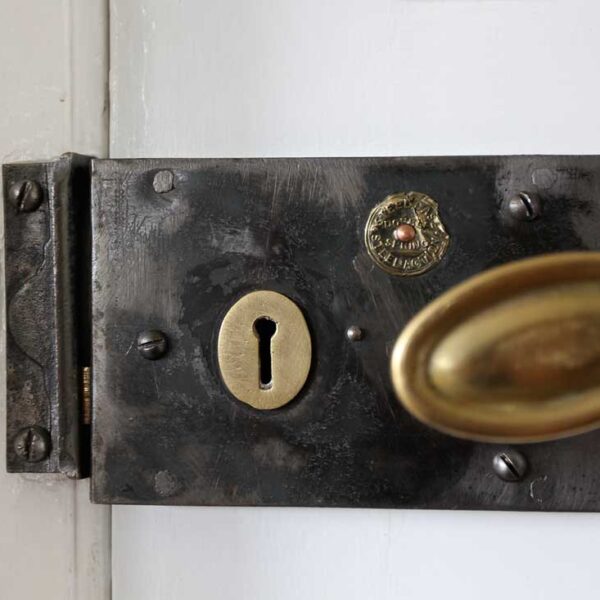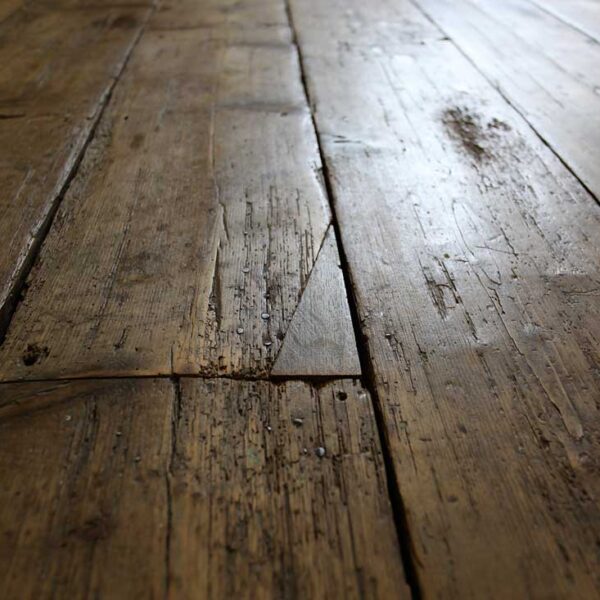Wrinkles & Saggy Bits
Builder: “…you want to replace that warped wooden lintel with a steel girder, then get this whole wall skimmed to make it straight.”
Me: (Silence)
Builder: “Yeah it’s a common problem in these old houses.”
Me: (Long pause) “Get off my property”.
Except of course, as those who know me well will know, I didn’t actually say this. That would be too confrontational. No, instead I mumbled something about giving it some thought…which is at least true. I’ve thought a lot about this conversation, and several other conversations I’ve had with various professionals and visitors to the house. What has surprised me most is how much terrible advice I’ve received from professionals in the building trade. I’ve already mentioned in previous posts about some of the suggestions put to me in my building survey, which in hindsight is slightly worrying because if I hadn’t consulted other sources, I would probably have acted on this advice and regretted it later. It goes to show that not all building professionals are familiar with old buildings and it is well worth looking for those few who are. I’m really pleased that I read The Old House Handbook (before I’d even moved in…I was very excited) as it is an excellent resource that has helped to hone my appreciation for the aesthetics of age and thus informed my attitude to the restoration of this house.
This is the third property that my wife and I have bought, and all of them have been pre-1880. I do like period properties but sometimes I wonder why? They cost more than contemporary homes and require a lot more effort. What’s more, I certainly didn’t have a particularly good impression of this house on first viewing. It seemed dark and damp. So why the hell did I buy it?
I’m still not entirely sure, but as I get to the stage where some of the rooms are completed, I find myself appreciating all sorts of little details that exist purely as a consequence of its age. I already referred to the sagging ceiling on the top floor in my earlier post (The Roof Project), but there are various other bits that also give me inexplicable pleasure: The creases and cracks in the lime plaster walls and ceilings, the way some of the floorboards have worn, the distortions and imperfections in some of the panes of original crown glass in the windows and yes, the crookedness of one or two thick wooden lintels about the house. It seems silly and insignificant when I list these things individually but I guess the cumulative effect of these details is an overall patina of age that is relatively rare and cannot be adequately faked in a contemporary building. Whether you actually like this aesthetic is of course down to personal taste and I think that might have been what was on the mind of the builder in the conversation paraphrased above. If you want straight walls though, you’re much better off buying a contemporary building; after all they’re cheaper and there’re loads of them about. It strikes me as ridiculous to pay more for a historic building and then erase all of the qualities that make it special and beautiful in a misguided attempt to achieve straight lines, especially if that means removing original, historic material from the house.
I suppose the reason I like all the wobbly bits is because they are a visual sign of age. Lots of original material has been removed from this building over the years, which is only to be expected, so I’d like to do my best to keep as much of it that remains as possible. Why? Well I guess there’s a point at which something that has existed for a long time is worth preserving, to try and make it last a bit longer. Plus, I do get a bit of a kick out of living in a space that has housed so many different people over the centuries. I like to think of all the daily family dramas that have played out here and by retaining the material that made the house as it was back then, by leaning on the very same plaster that Mrs Gough the milk-woman leaned on back in 1861, I feel a connection with those previous generations. What that means as far as this restoration is concerned is that instead of removing and replacing (as is too often suggested to me), wherever possible I am trying to repair things. Even if that means the repair is visible and wobbles a bit. In fact especially when the repair is visible, because I happen to find visible repairs extremely beautiful. They are a sign that someone has cared.










